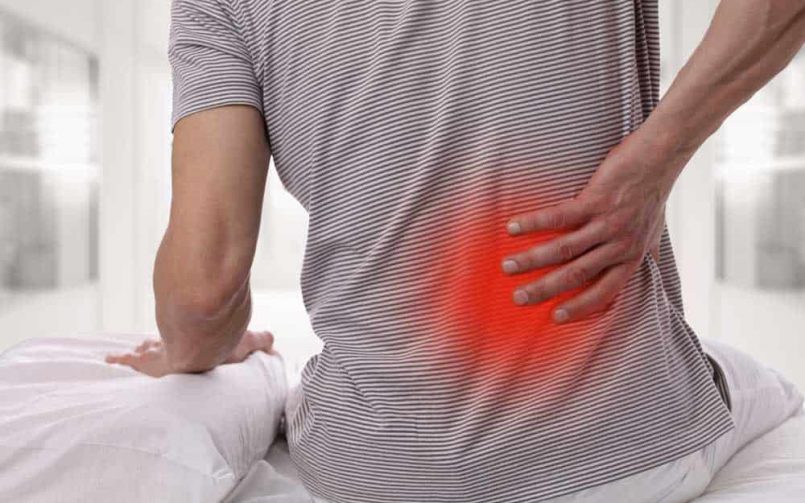What is Slip Disc?
A slipped disc, also known as a herniated disc or a prolapsed disc, occurs when a soft cushion of tissue between the bones in your spine (a spinal disc) pushes out. This can happen anywhere along the spine, but it's most common in the lower back.
What are the Symptoms Of a Slipped disc?
You can have a slipped disc in any part of your spine, from your neck to your lower back. The lower back is one of the more common areas for slipped discs. Your spinal column is an intricate network of nerves and blood vessels. A slipped disc can place extra pressure on the nerves and muscles around it.
Symptoms of a slipped disc include:
• pain and numbness, most commonly on one side of the body
• pain that extends to your arms or legs
• pain that worsens at night or with certain movements
• pain that worsens after standing or sitting
• pain when walking short distances
• unexplained muscle weakness
• tingling, aching, or burning sensations in the affected area.
The types of pain can vary from person to person. See your doctor if your pain results in numbness or tingling that affects your ability to control your muscles.
What Causes Sliped Discs?
A slipped disc occurs when the outer ring becomes weak or torn and allows the inner portion to slip out. This can happen with age. Certain motions may also cause a slipped disc. A disc can slip out of place while you are twisting or turning to lift an object. Lifting a very large, heavy object can place great strain on the lower back, resulting in a slipped disc. If you have a very physically demanding job that requires a lot of lifting, you may be at increased risk for slipped discs.
Overweight individuals are also at increased risk for a slipped disc because their discs must support the additional weight. Weak muscles and a sedentary lifestyle may also contribute to the development of a slipped disc.





